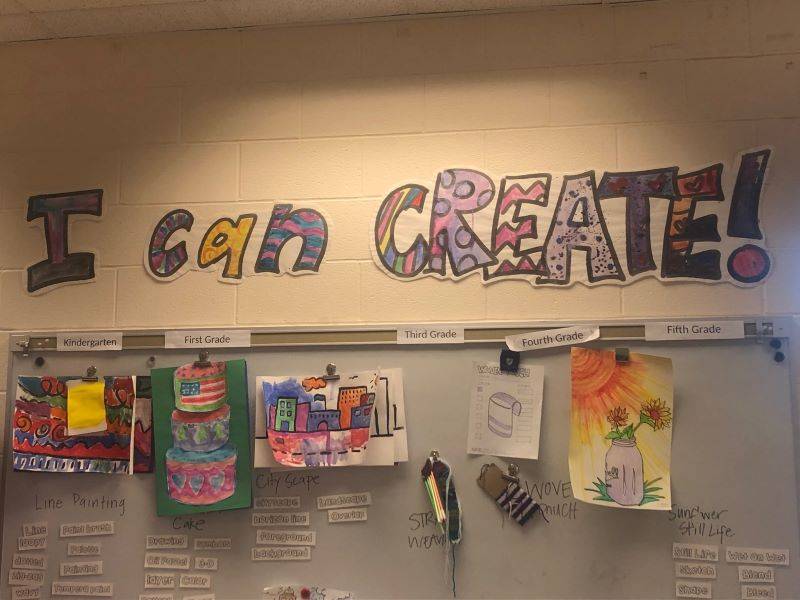It’s that time of year when parents throughout the city of Champaign have begun the hand wringing process of registering their babies for kindergarten. As a Unit 4 parent myself, I have experienced this hand wringing first hand. Our unique schools of choice situation in Unit 4 means that the already emotional experience of sending your child to school has the complicating factor of deciding where you would like said child to go to school. The district implemented “controlled” school choice in 1998 — controlled because parents don’t just pick a school and poof you’re registered, there are numerous algorithmic factors in play. The overall goal of controlled choice is better integrated schools, an end that benefits all students. Even with this system in place, there are schools in the district where African American students and students who qualify for free and reduced lunch are overrepresented, and often those schools are the ones that white and/or more affluent families avoid when they are making their kindergarten selections.
The district has continued to try to find ways to remedy this situation. In 2011, they were awarded a magnet grant that helped establish three of those under-chosen elementary schools as magnet schools with these themes: Booker T. Washington STEM Academy, Stratton Leadership & Microsociety, and Garden Hills Primary Years Programme. Booker T. Washington has maintained its STEM (science, technology, engineering, and math) focus through its partnership with the University of Illinois, but Garden Hills and Stratton have since moved on from their themes. Now, along with Franklin Middle School, they are the beneficiaries of a $9.6 million dollar magnet grant from the U.S. Department of Education, that will be implemented over five to six years. Peter Foertsch, Director of Magnet Schools for Unit 4 has been tasked with implementing these new themes across the three schools with the help of a magnet team consisting of a coach and coordinator at each building as well as district level team members. Foertsch’s role is to help them implement their unique magnet theme and curriculum units, help with outreach to the community, and connect each campus with community partners.
I had the opportunity to tour each school with Foertsch to learn more about these new magnet programs.
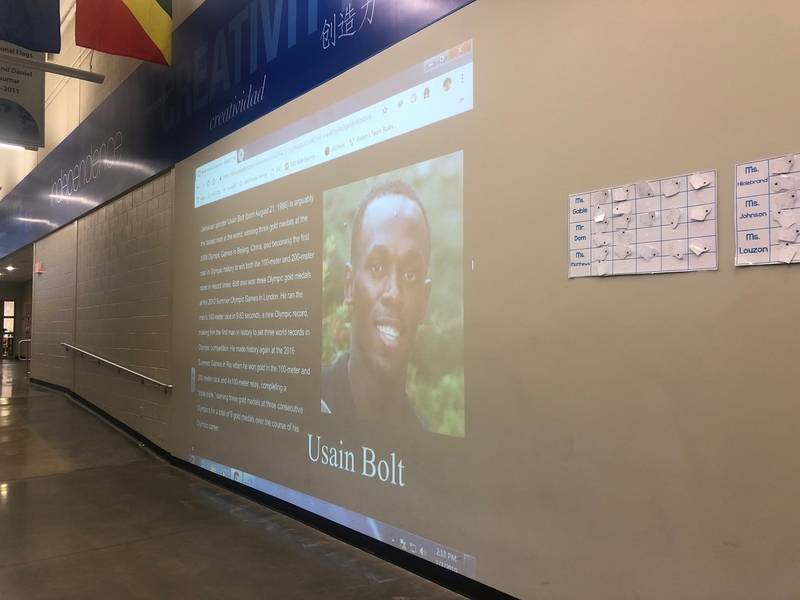
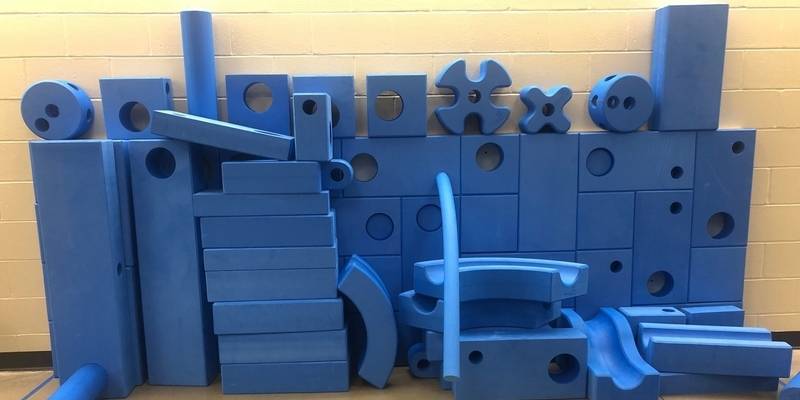
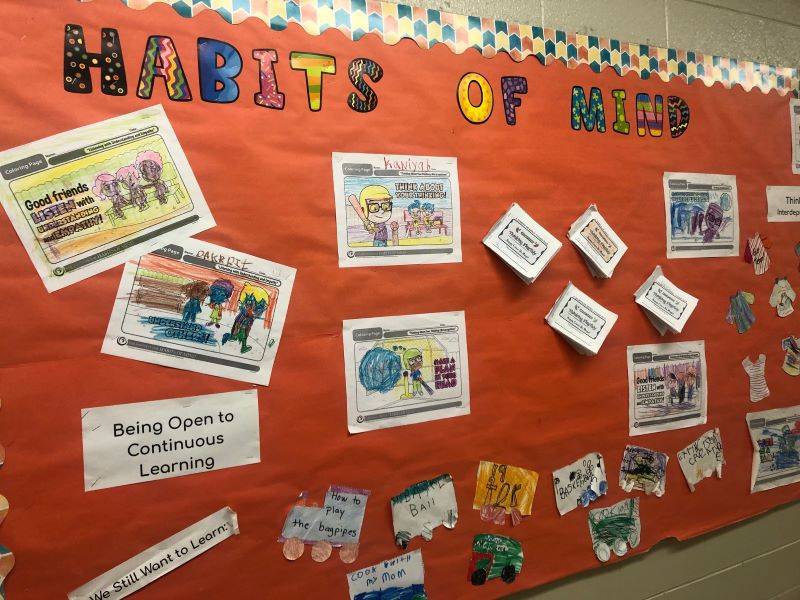
First up, Garden Hills. Foertsch admits that Garden Hills has gotten “negative buzz in the community because of the neighborhood it’s in.” I know this is true. It was true nine years ago when I was registering my first child, and it’s true now. Parents hear about incidents the Garden Hills neighborhood in the news, and immediately discount the school as a place where their child should be. But Foertsch maintains that the school is something different, that it’s a calm and positive environment. The new magnet theme is Engineering, Mathematics, and Leadership, and he emphasizes how the leadership portion figures into the curriculum. “Other places may have STEM, or STEAM, but when you do those things is also important to connect to the core curriculum and support happenings in the classroom with social emotional learning: how to get along with one another and how students lead their peers and lead their own learning.” The school has added “makerspaces” and learning labs where teachers can lead students in more collaborative and innovative learning activities.
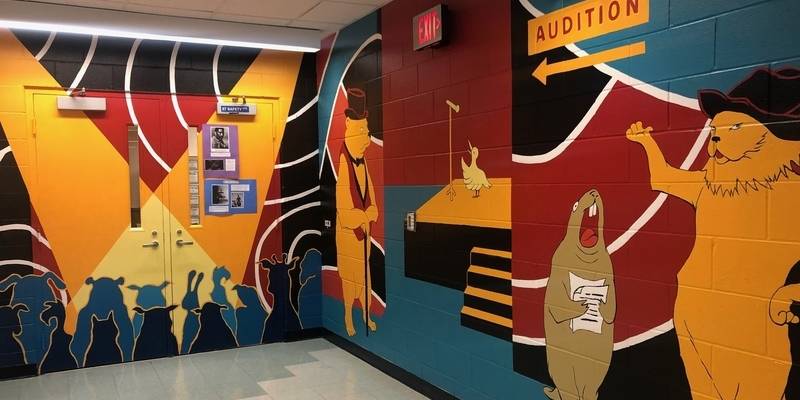
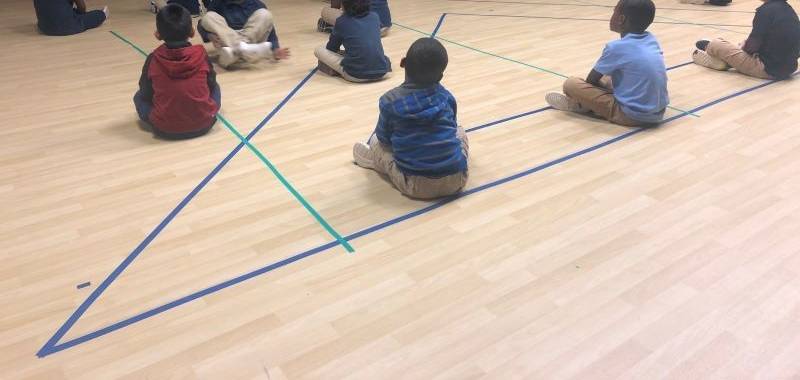
Stratton has been implementing their arts focus for a few years now — they participated in a public art installation last year, as shown above — but now they have the grant money to fully back the incorporation of that arts magnet theme into the curriculum. As Foertsch says, “they’ve been developing a lot of partnerships with the University of Illinois and community artists, they do showcases where all students can do unique artistic things with drama, with singing, with dance…they have performances every quarter.” They’ve put in a dance studio and have also upgraded the stage and the art room. Stratton also has mobile makerspaces called innovation hubs that can go from classroom to classroom.
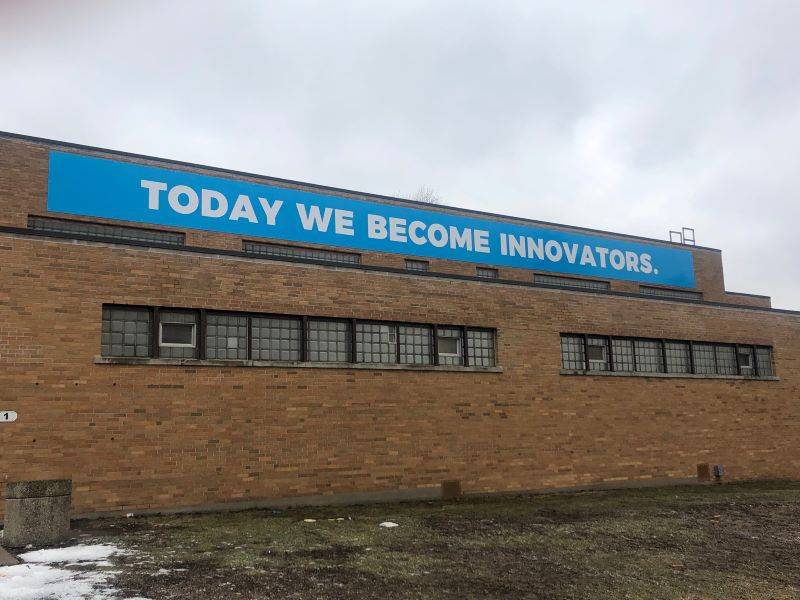
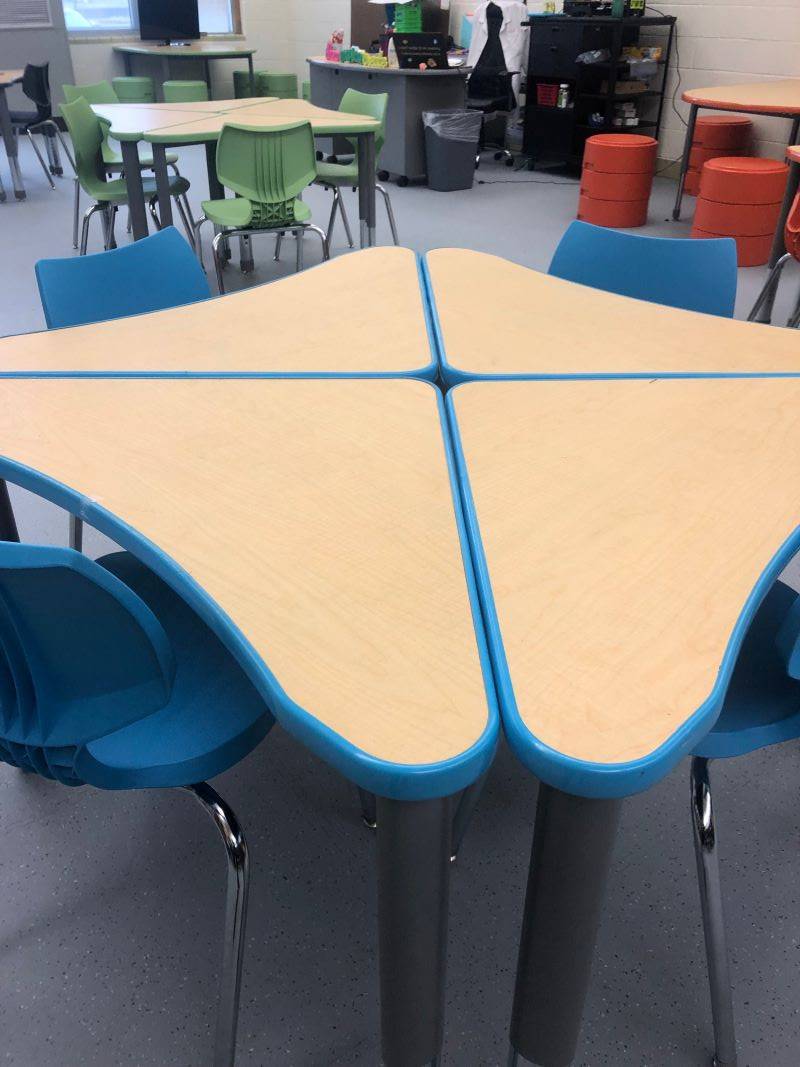
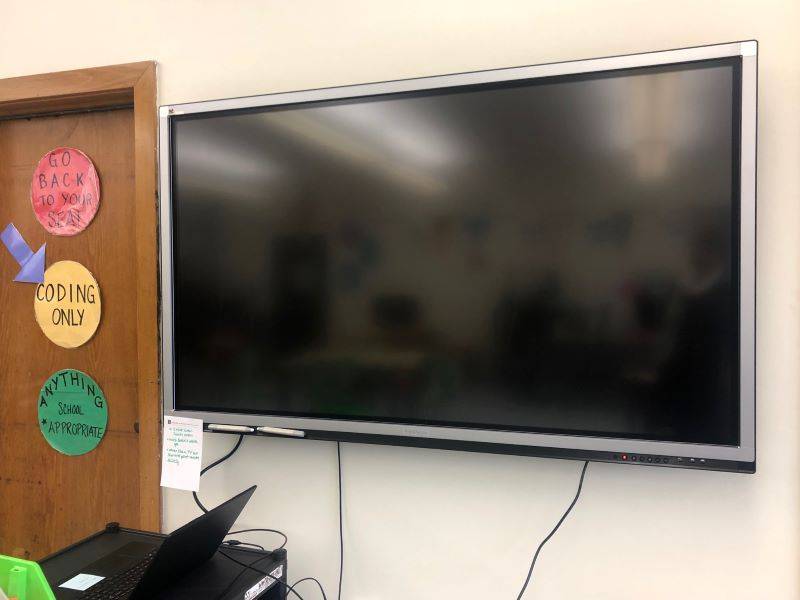
Adding a middle school to the magnet mix is an old idea made new again. Franklin was a magnet school in the early 2000s, and according to Foertsch, it’s “a perfect location” for a implementing a magnet program now. Why? It faces some of the same minority isolation issues as the elementary schools, often brought on by Unit 4 families choosing to go elsewhere once their child reaches middle school. They’ve brought the STEAM (science, tech, engineering, arts, and math) Academy magnet theme as a way to encourage families to consider keeping their students in Unit 4 with more enriching experiences. As with the elementary schools, they are exploring a variety of partnerships and activities that will enhance regular curriculum. Franklin has also added a makerspace lab, and takes that leadership and collaborative learning component to the next level as students start to consider their futures in high school and college.
Altering curriculum in a significant way can be quite stressful on teachers, so the magnet team has been careful to make the transition slow and thoughtful, especially for those teachers at Garden Hills and Stratton who have been through this before. Foertsch says “We want to make it more impactful than the other two that maybe didn’t do as well.” The district began implementation of some of the components last year, but this has be the first year to fully embrace the magnet themes. He also says they’ve tried to merge the goals of the magnet with the goals already set in place by the superintendent and the individual schools: To create a climate and culture that is positive and welcoming for all families and a place that families will want to come, and improving academic outcomes for all students.
While there is definitely a strategy in play here to attract new families to these schools, they haven’t forgotten about those families, those students, who are already there. “We want to make sure they feel success within their classrooms. We want to show that what we’re doing with magnet is improving our academic outcomes, which would then produce more competitiveness in that choice process so that families want to maintain their relationship or other families want to come to Stratton or Garden Hills and then feed to Franklin. So it’s not like we’re forgetting the people who have already been here, it’s an enhancement for the families who are here.”
February is National Magnet Schools Month. You can learn more about the Unit 4 magnet schools here.








